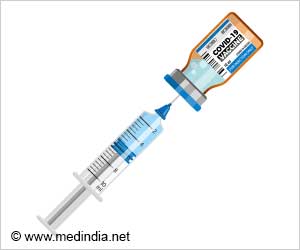Half the recommended dose of acetazolamide is as effective in preventing symptoms of acute mountain sickness that afflict trekkers and climbers, according to a new study.

TOP INSIGHT
Acetazolamide could lead to various side effects at high dose leading to safety concerns at high altitude. Low dose is as effective as standard dose for mountain sickness.
Read More..
, to our knowledge, this is the first formal study to test a dose lower than twice daily 125 mg." Approximately 10 to 25 percent of trekkers and climbers ascending above 2,500 meters experience AMS, increasing to 50 to 85 percent in individuals ascending above 4,500 to 5,500 meters, especially when the ascent is rapid. The common strategy for preventing altitude illness is gradual ascent, which allows time for acclimatization. When that is not possible, acetazolamide is the standard agent of choice for prophylaxis against altitude illness.
Although acetazolamide speeds acclimatization and helps prevent high-altitude illness, side effects may deter use. Multiple studies have demonstrated increased side effects with higher doses of acetazolamide. In particular, paresthesia, altered sensation of taste, frequent urination, headache, nausea, and rash have been found to be more common at higher doses and can lead to safety concerns at high altitudes.
Dr. McIntosh noted that their findings showed similar side effects with both doses, "Our study did not support our secondary hypothesis that there would be fewer, less severe side effects with the reduced dose, as previous studies had led us to predict."
The investigators conducted a randomized, double-blinded, non-inferiority trial in Nepal and Alaska between March 2012 and March 2016. They decided to include the 73 participants from Nepal in the analysis as the differences in latitudes, technical and exertion efforts, and ascent rates in the two cohorts could have interjected bias into the study.
The participants were randomized while still at a low altitude to receive twice daily doses of either 125 mg or 62.5 mg of acetazolamide. They were monitored throughout the course of the study using the Lake Louise Scoring System (LLSS) to evaluate AMS onset and symptoms and were also asked to log their symptoms and side effects during their trek or climb.
"This is a prospective experimental study conducted in high-altitude field conditions. Such work is difficult to complete and a testament to all involved. I hope that it encourages many other new research initiatives," commented Neal W. Pollock, PhD, Editor-in-Chief, Wilderness & Environmental Medicine.
Source-Eurekalert
 MEDINDIA
MEDINDIA

 Email
Email




